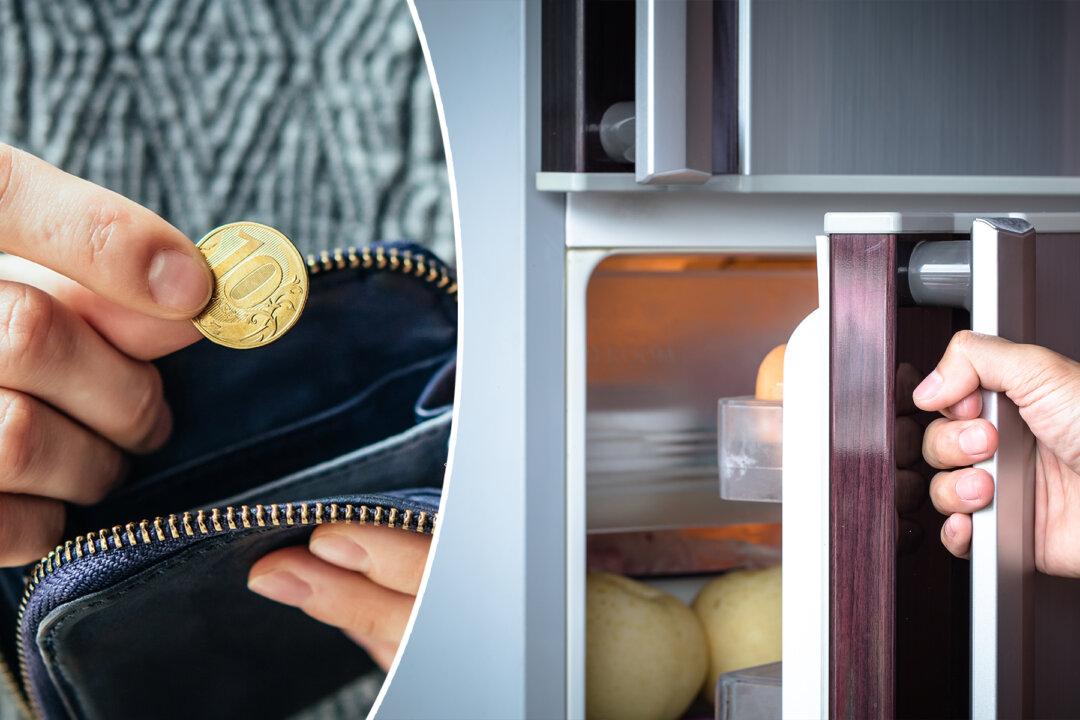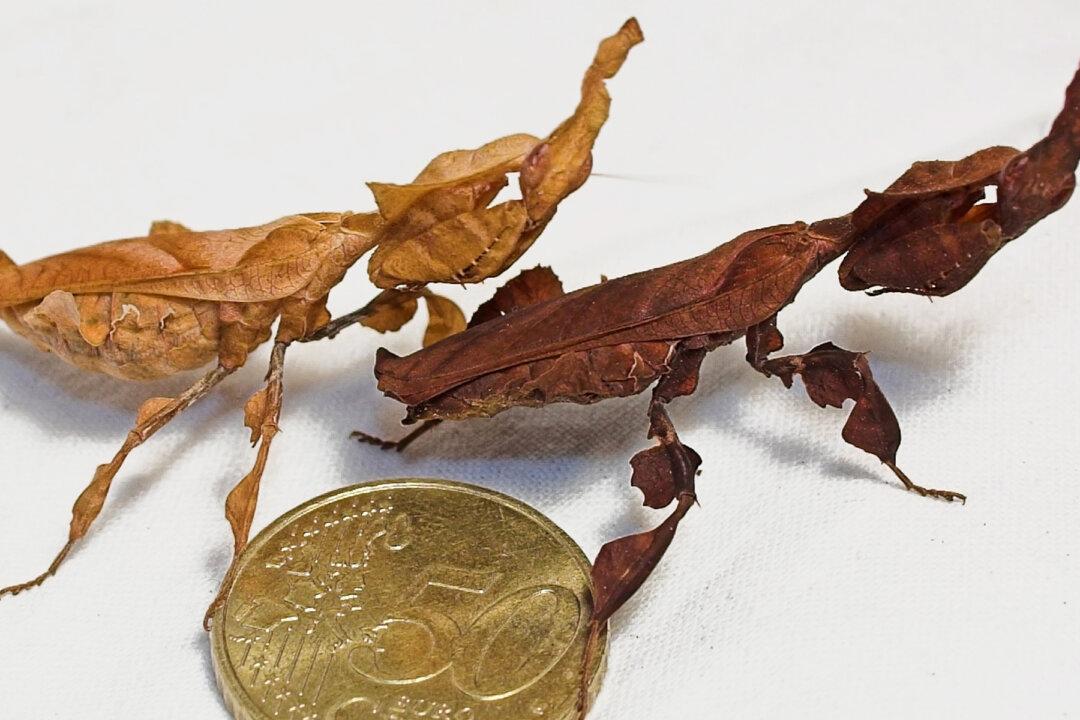For many people in the Midwest and South this spring, tornado season has been non-stop. The year 2019 has already become the fourth-worst year for tornadoes in U.S. weather history, with some 200 hitting the Midwest in less than two weeks. Natural disasters, storms, and hurricanes can cause power outages and force people to evacuate.
But when you get back home and the power’s back on, how can you tell how long the outage was? One woman posted an amazing hack that can help you figure out what happened and also keep your family safe.




